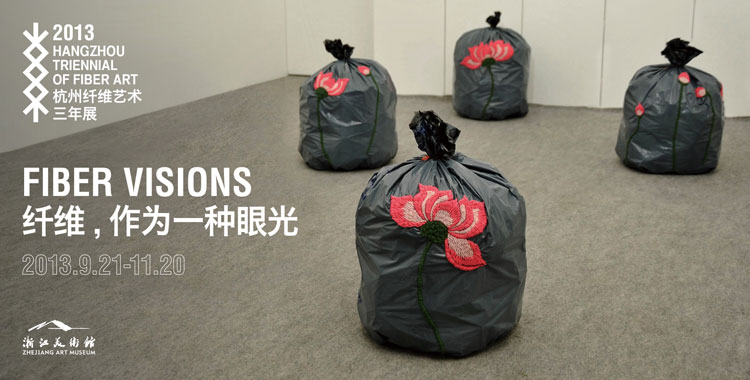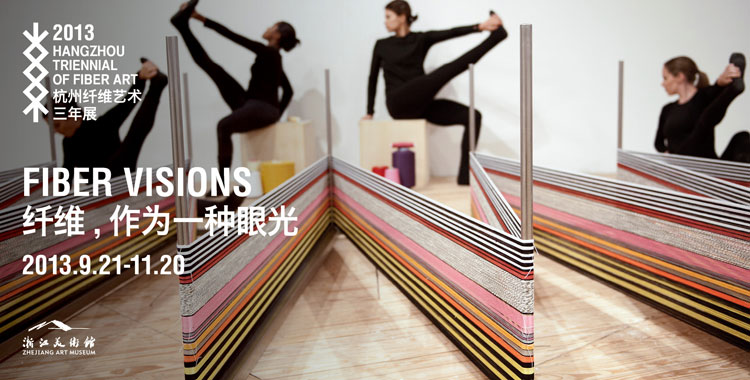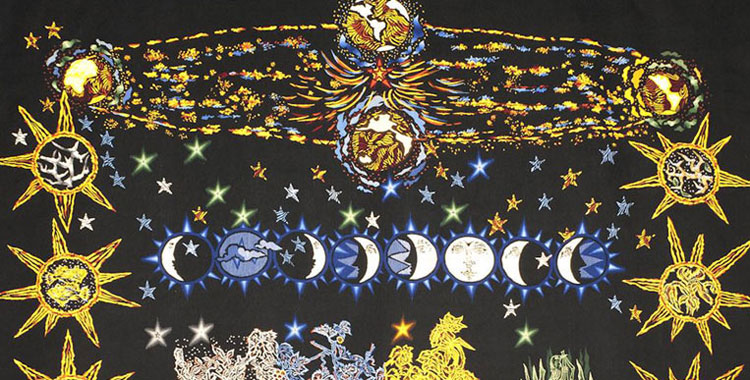Dali Qin
Dali Qin
Studied at Chinese Academy of Arts in 1988, majoring in dyeing and weaving. Working as associate professor and master tutor in Guangzhou Academy of Fine Arts (GAFA for short), Dali Qin now teaches in School of Architecture and Art in GAFA.
1996 Designed a large-scale relief works called Garland of Kapok for Guangdong hall of the Great Hall of the People in Beijing.
2006 Ripple won a silver prize of the 4th International Fiber Art Biennale, “from Lausanne to Beijing”.
2008-2009 Invited by Yi-wu International Exhibition Co. Ltd to hold a solo exhibition named Knitted works of Dali in Canton Fair twice a year.
2009 Series work Fur balls won an Academy Award of the 5th Chinese Modern Crafts Arts Exhibition.
8 works were chosen to take part in the New Teenage Exhibition of Six Design Academies of Mainland China, which was held in HK.
2010 Participated in the 2010 New Concept of Fiber, HK, with 17 works, as a representative of GAFA, commissioned by The Hong Kong Polytechnic University.
Memory to the Ruins won an excellent prize of the 7th International Fiber Art Biennale, “from Lausanne to Beijing”.
2011 Great Harvest won an excellent award of the 7th Chinese Modern Crafts Arts Exhibition.
Soft Sculpture: The Forgotten Walls
Nowadays, under the advocacy that industry can make a country become powerful, the development of industry has improved productivity and peoples’ lives. For instance, modern architecture of an international style, which is generally used (to do what?) has improved peoples’ living conditions. In this aspect, the traditional production pattern (of what?) is almost incomparable. Yet, meanwhile, the rapid development of industry has caused a great many problems, such as environmental damage and exploitation without restraint. The lost frugal spirit which people once had is lost. In the past, people repaired broken things and kept using them. However, as things are manufactured in large quantities, get cheaper and cheaper, it is more economical and convenient to buy new ones than repair those that are broken t. In this situation, and in some peoples’ minds, traditional architectures with regional features are dirty and backward wastes. They are either forcibly dismantled or abandoned, leaving a few broken old walls. Although peoples’ material life has improved today, traditional Chinese culture and life wither away and spiritual impoverishment is becoming more and more apparent. What is worse is that once this way of, “discarding what has been used up”, is adopted towards treating people together the standard of industrialization towards appointment of people, the impact on what happens in the future will have serious consequences.
Consequently when I encounter old walls, which have experienced time, nostalgic emotion is evoked. I want to ask, can happiness be equaled with the pursuit of material enjoyment? I want my series of works The Forgotten Walls to contribute to my personal expression and make people rethink today’s culture.


































